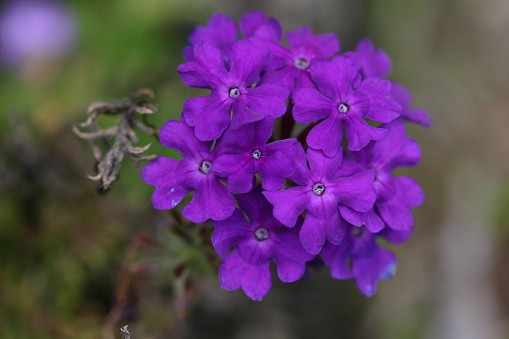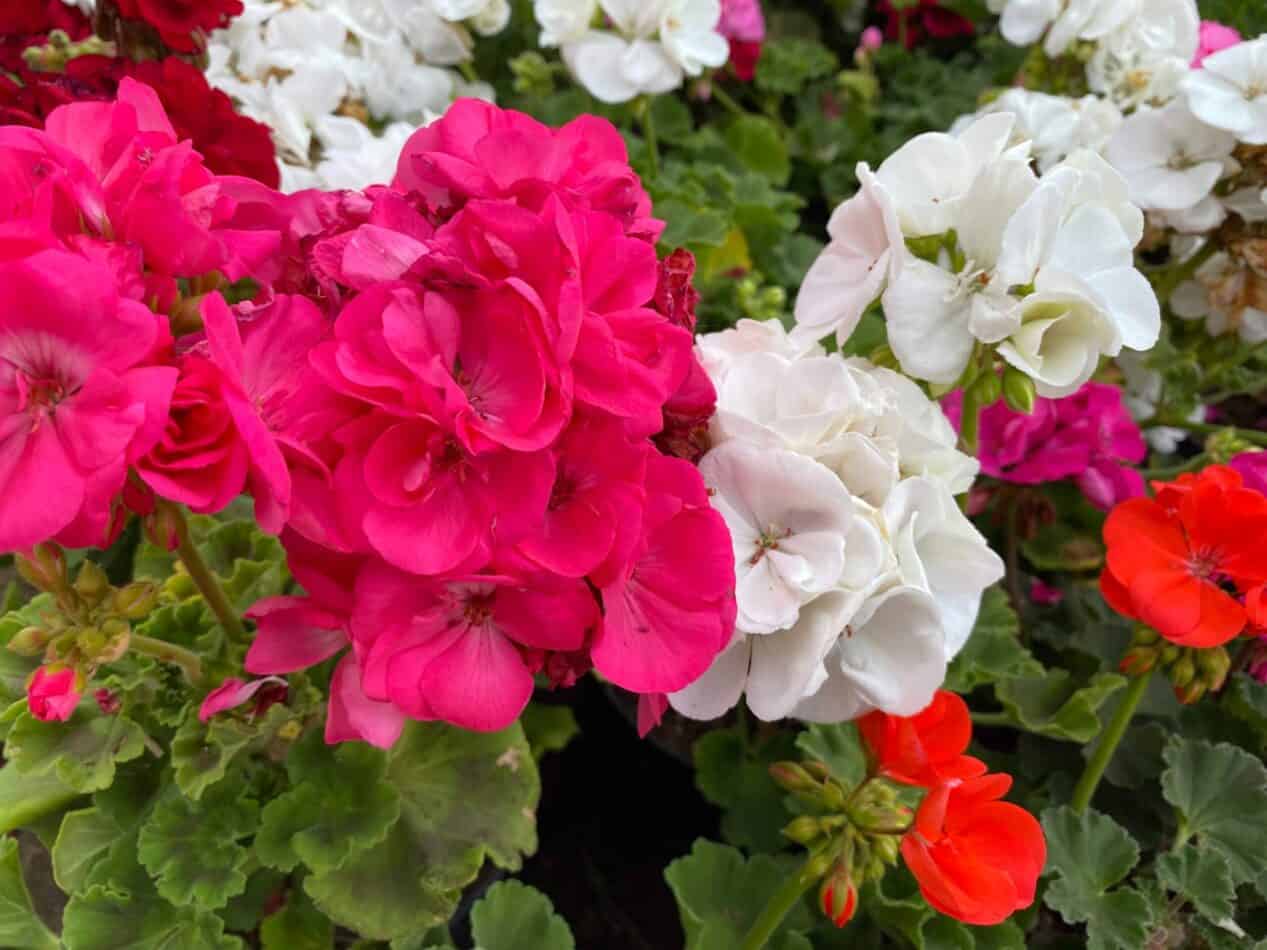Common Vervain and Verbena officinalis
Common Vervain or Verbena officinalis is an inconspicuous wildflower and is also known as the Holy Herb. With its long branching spike, it produces tiny tubular lilac flowers, reaching heights of 20 inches. It is an excellent flower for shady woodland gardens or to protect your garden from evil spirits.
Verbena officinalis has a long history of being used in ceremonies for protection against diseases, black magic, and even vampires. The origin of its scientific name is derived from the Latin verbena, which refers to the clean, sweet smell that this wildflower produces.
How to Plant
Verbena officinalis is a member of the Verbenaceae family and is classified as a perennial. It is easy to grow, and it thrives in rich, well-drained soil and should be planted in the sun or light shade. It should receive at least six hours of direct sunlight to grow and flower, and should be watered regularly. It can also tolerate dry soils. For optimal growth, it is best grown in USDA hardiness zones 5 through 9.
Meaning and Symbolism
As previously mentioned, Verbena officinalis is also known as the Holy Herb. As such, it is believed to have magically protective power and is used to fend off evil spirits and ward off deadly disease. Ancient Romans believed that it had healing powers, and it was often placed on altars as an offering to the gods of good health and fortune. It is also a symbol of purification and renewal and is a popular flower for use in religious ceremonies.
History, Mythology, and Religious Significance
The history of Verbena officinalis is closely connected with traditional medicine and religious ceremonies. In ancient Rome, it was believed that this wildflower had mystical qualities, and it was often used in rituals to protect against disease and black magic. In ancient Greece, it was believed to be a magical plant that could ward off evil spirits. It was often burned in sacrificial fires to purify the air and transfer its magical powers.
In Christian legend, Verbena officinalis was believed to have been present at Jesus’s crucifixion and was used to staunch his wounds. In ancient Celtic lore, it was believed to be imbued with magical powers and was used to protect humans from evil. In modern times, some still use this flower in rituals for protection and good fortune.
Flower Varieties and Their Defining Characteristics
The Common Vervain (Verbena officinalis) is the most well-known variety of the family Verbenaceae. It produces clusters of tiny, tubular, lilac-colored flowers. It can reach heights of up to 20 inches and blossoms in mid to late summer. It is native to North America, Europe, and Asia.
The Pansy (Viola tricolor) is a biennial flower that is part of the Viola family. It is often grown as an ornamental flower because it produces clusters of beautiful, bright-colored flowers. The Pansy can grow to heights of between 8-12 inches and can tolerate colder climates than other varieties.
The Snapdragon (Antirrhinum majus) is a perennial flower belonging to the Scrophulariaceae family. It produces tall stems that can reach heights of up to 3 feet. It blooms in the summer months with brightly colored spikes of purple, yellow, or white flowers.
Lastly, the Monkey Flower (Mimulus ringens) is an annual flower that belongs to the Scrophulariaceae family. It is a short-lived flower that typically grows to heights of 8 inches. It produces blue or yellow funnel-shaped flowers and has yellow tinged foliage. These flowers are best grown in full sun.
How to Pot and Repot
When potting the Verbena officinalis, choose a pot that is slightly bigger than the plant, as it can grow up to 20 inches tall. Powdered potting soil, cactus mix, or soil-less mix is best for potting. Make sure to mix in a small amount of compost and top off with peat moss to provide nutrients to the flower.
It is important to know that the Verbena officinalis is a slow-growing flower. When repotting, it is best to wait until the roots start to become crowded in the pot to avoid causing shock to the flower. When repotting, retain some of the original soil, as it will help the plant to retain some of its nutrients.
How to Prune
Verbena officinalis is not very demanding when it comes to pruning. The best time to prune is in late winter to early spring. Pruning dead or damaged stems and flowers helps to promote healthy growth and larger flowers. However, some people prefer to leave some of the stems and flowers to help attract pollinators to the garden.
When pruning, make sure to use sharp, clean shears and gloves to avoid accidentally damaging the stems. Also, use sterilized shears to prevent the spread of plant diseases. Make sure to never prune more than one-third of the plant at any given time, to prevent stunting growth.
How to Propagate
For propagation, Verbena officinalis can be started from either seed or cuttings. To start from seed, simply scatter the seeds in a seed tray and cover lightly with soil. Place the tray in a sunny spot and water lightly every day. As for starting from cuttings, cut a few stems about four inches long in the late winter to early spring. Plant them in a pot of gritty compost, keep the compost moist, and ensure that the pot is in a sunny spot.
For both methods, the plant should be transferred to a larger pot when the roots become too crowded and potting compost should be added to amend the soil with nutrients. It is also important to keep the plants pruned, to encourage healthy growth.
Common Pests and Diseases
Verbena officinalis is generally a very hardy plant and is rarely affected by pests or diseases. However, it is susceptible to powdery mildew, which is a white powder like mildew that forms on the leaves of the plant. To prevent powdery mildew, make sure to water at the base of the plant, avoid over-watering, and plant the Verbena officinalis in an area with good air circulation.
Aphids, spider mites, and thrips can also affect Verbena officinalis. To prevent them, inspect the plant regularly for signs of infestation and treat it with an insecticidal soap if needed. Once the pest infestation has been taken care of, it is important to maintain a regular watering schedule and a staggered fertilizing schedule to ensure that the plant remains healthy.
Frequently Asked Questions
Q1: Can Verbena officinalis be grown indoors?
A: Yes, Verbena officinalis can be grown indoors, although it is best to place it in a spot that gets at least six hours of direct sunlight. It is important to ensure that the potting soil remains moist, but not wet, as the plant can become overly stressed when kept in too moist conditions.
Q2: What is the best time of year to plant Verbena officinalis?
A: The best time to plant Verbena officinalis is in the late spring or early summer. This allows the plant enough time to establish strong root systems before the winter months.
Q3: How often should Verbena officinalis be watered?
A: Verbena officinalis should be watered when the soil begins to feel dry to the touch. This usually amounts to watering the plant a few times a week. However, it is best to check the soil before watering, as over-watering can do more harm than good.
Table Fact Sheet
| Common Vervain | Verbena officinalis |
|---|---|
| Family | Verbenaceae |
| Plant type | Perennial |
| Mature size | Up to 20 inches tall |
| Sun exposure | Sun or light shade |
| Soil type | Rich, well-drained soil |
| Soil pH | 6.0-7.5 |
| Bloom time | Mid to late summer |
| Flower color | Lilac |
| Hardiness zones | 5-9 |
| Native area | North America, Europe, and Asia |
What we love from Amazon this week
Buy these wonderful flowers directly from Amazon:















